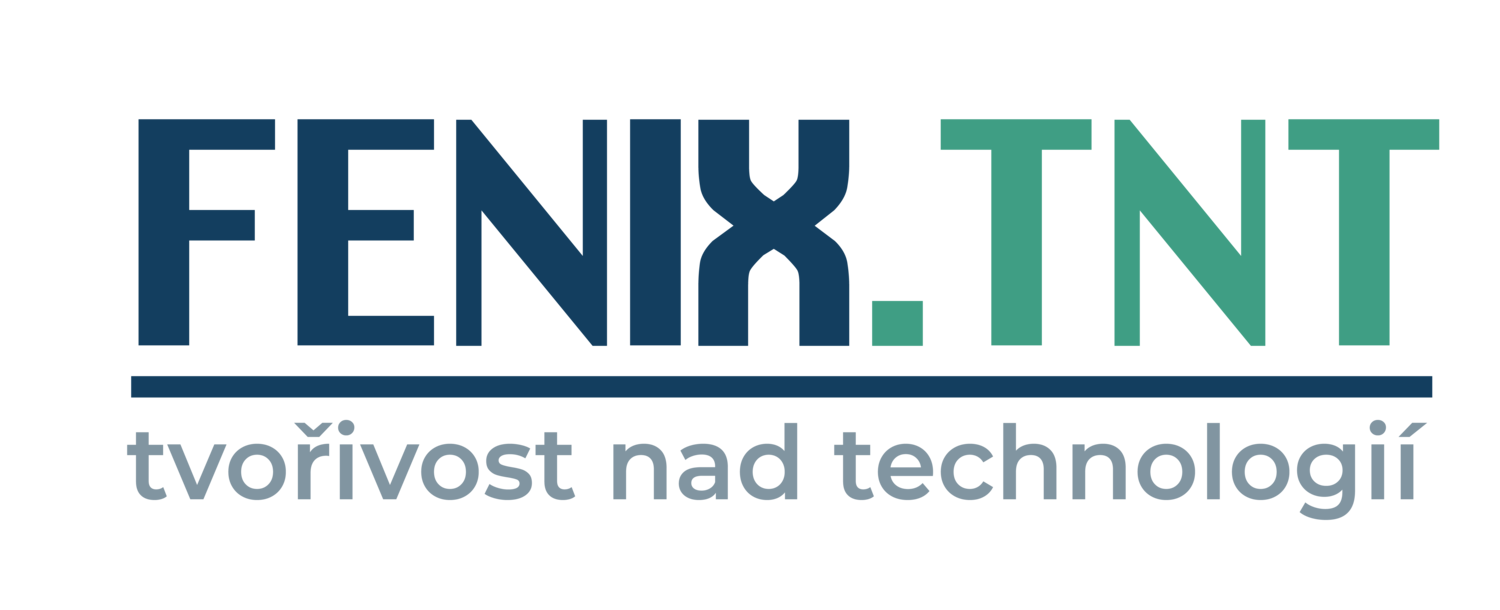BUILDING AND DISTRICT THERMAL RETROFIT AND MANAGEMENT SOLUTIONS
FUNDING PROGRAMME AND AREA
H2020-EEB-2016
Energy-efficient buildings
DURATION
Starting date – September 01, 2016
Ending date – February 29, 2020
OUR ROLE
Dissemination and business-oriented exploitation leader
COORDINATOR
EXERGY LTD, United Kingdom
Objectives
The THERMOSS project aims to produce an outstanding contribution to the wider deployment of advanced building heating and cooling technologies in the EU, addressing the challenge of 30% energy consumption reduction in buildings and 20% in districts.
This project proposes to concentrate on four sets of technology package retrofit solutions. These can be applied for stand-alone residential and district connected buildings (heating and cooling) covering different climates in Europe. The project proposes an industry-focused, innovation-intensive approach to ease the introduction of cutting-edge heating and cooling technologies for building energy retrofitting at the European level, targeting residential buildings and buildings connected to District Heating and Cooling (DHC) networks. Moreover, THERMOSS seeks to increase the efficiency of the non-connected residential building through a possible connection to the district heating grid.
The main goals of the project are to provide an outstanding contribution to the EU-wide deployment of advanced technologies for heating and cooling, enhance the energy efficiency of residential buildings and facilitate their connection to district heating and cooling networks. To do so, THERMOSS is:
Ensuring an efficient match between supply and demand of energy through real-time management of thermal energy
Increasing the efficiency of residential building thermal retrofitting through advanced heating and cooling technologies
Sharpening industry awareness in the construction and energy sectors by providing open access to a heating & cooling technology database, promoting the deployment of the most effective solutions
Demonstrating a high potential of replication throughout Europe, allowing a large market introduction of the selected THERMOSS solutions before 2025
THERMOSS Project video
Demonstration
Hale Court in Portsmouth in the United Kingdom is a care home that houses elderly residents located in a mild oceanic climate. The challenge was to increase the efficiency of the heat supply system, to ensure a steady supply of heat throughout the year, maintaining indoor temperature levels and making sure that residents can control their heating to meet individual thermal comfort needs.
The solution was the revamping of the heating system with the installation of Gas Absorption Heat Pumps for the provision of heating and hot water and Smart Thermostatic Valves on all the radiators in the building, with a control system that allows remote management of the valves.
International Way in Southampton (United Kingdom) is a residential social housing complex located in the oceanic climate zone. The challenge was to increase the efficiency of the heat supply system and minimize heat losses from the distribution network whilst assuring a steady supply of heat and maintaining each resident’s comfort needs.
The solution targeted one entire floor with the installation of Thermoss heat interface units (HIU). These units maximise the efficiency of the primary heat sources due to their low return temperature (22°C). Furthermore, monitoring of delivered energy for heating and hot water will take place before and after the deployment of the new HIUs, to measure their impact on the performance of the building’s heating network.
Urberoa residential complex in San Sebastian (Spain), a neighbourhood with 65 buildings with high-temperature district heating (70 - 90 °C). The challenge was to reduce CO2 and fossil fuel energy consumption through an efficient match between energy supply and demand and on-site renewable energy generation (solar thermal and heat pumps), minimising project costs and payback time.
The solutions adopted in two district heating substations were: solar thermal panels and air/water heat pump - used to compensate for part of the dispersions in the distribution ring; air/water heat pump + hybrid heat pump - used for preheating.
Imanta Neighbourhood in Riga (Latvia), where four two-storey dwellings are located and which were built at different times, with an average heated space of 200 m2 and harsh winters. The challenge was to retrofit the 4 houses with innovative, more efficient heating technologies and apply an optimised control strategy for the new equipment, to reduce the overall energy consumption and the carbon footprint.
The pre-existing gas boilers (24-30 kW) will be replaced by three different types of technological solution that use different technologies (gas micro-cogenerator, thermostatic valves, condensing boilers, heat pumps, etc.).
CEA INES demo site, an experimental demo site located in the southeast of France (Le Bourget du Lac). 🇫🇷 The #Thermoss project test works involved the Semi-Virtual Dynamic Test Bench for Thermal Systems and the micro District Heating Network. In the Thermoss perspective, the objective of the CEA INES tests is to get an experimental, reproducible evaluation of the overall energy savings performance in realistic operating conditions, including real control of the three innovative heating solutions: SHP, HIU and 2-way SST.
The different THERMOSS technologies within the French demo were tested with simulations of different loads and with different simulations of climatic conditions. These variations and combinations provide complete knowledge of the technologies and make it possible to predict how they will work over a 12-month period, with only a few days of testing. The tests carried out on the bi-directional heat exchanger are particularly important, which makes it a producer and consumer of heat at the same time.















